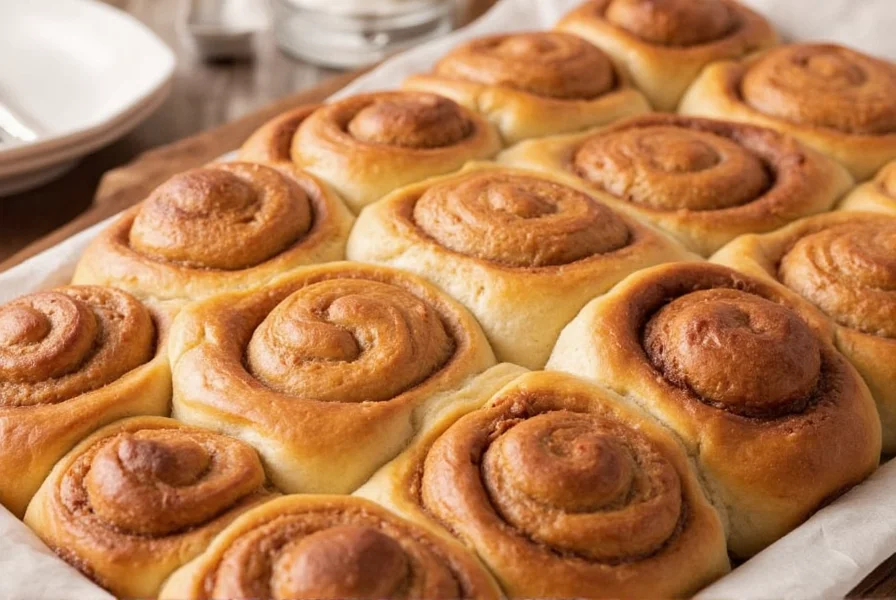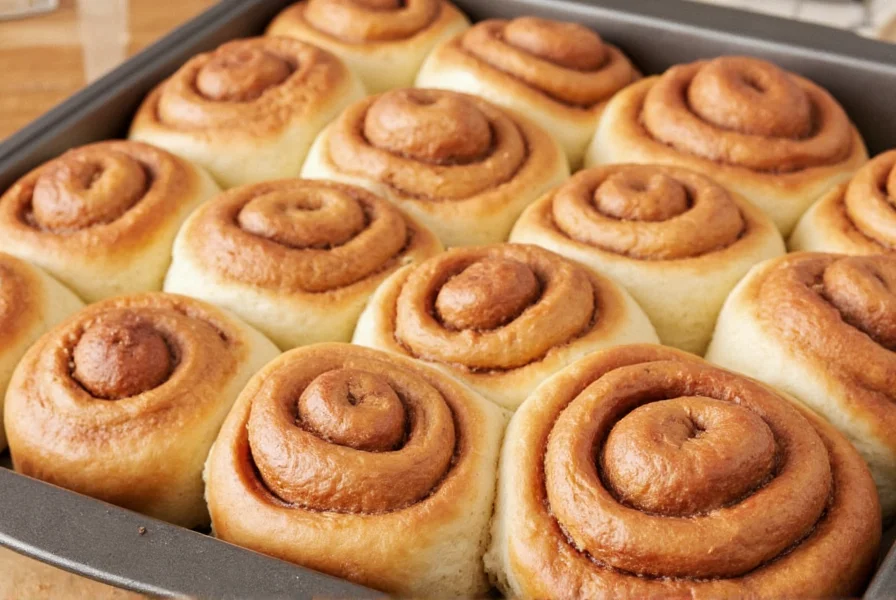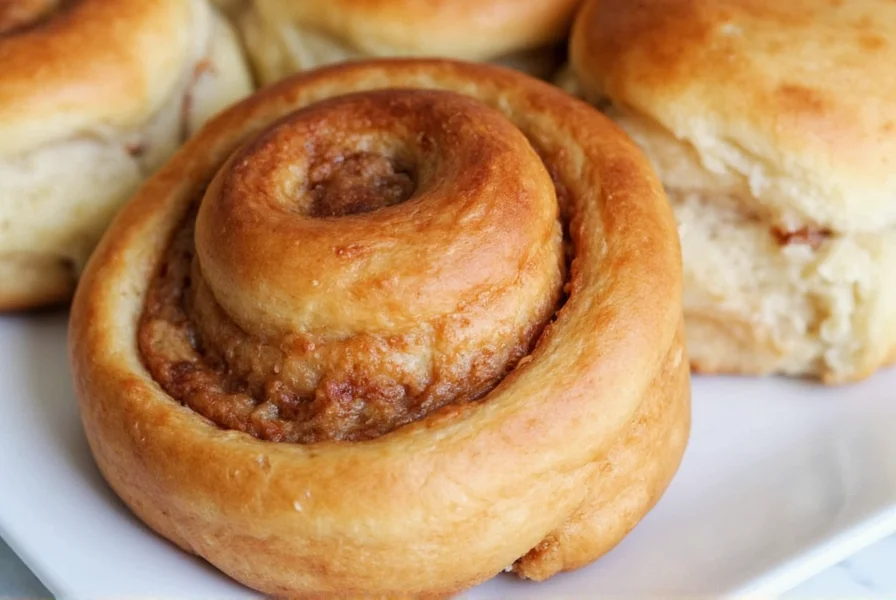There's nothing quite like the aroma of freshly baked cinnamon buns filling your kitchen. While store-bought versions offer convenience, authentic homemade cinnamon buns deliver superior texture, richer flavor, and that signature melt-in-your-mouth quality that only comes from scratch baking. The difference lies in understanding the science behind the ingredients and techniques that transform simple pantry staples into bakery-quality treats.
The Science Behind Perfect Cinnamon Bun Dough
Professional pastry chefs emphasize that dough hydration is the most overlooked factor in achieving soft, pillowy cinnamon buns. The ideal ratio of liquid to flour creates gluten development without toughness. For best results, measure ingredients by weight rather than volume. A standard batch requires:
| Ingredient | Weight | Volume | Critical Function |
|---|---|---|---|
| All-purpose flour | 500g | 4 cups | Structure and gluten development |
| Whole milk | 250g | 1 cup | Hydration and richness |
| Unsalted butter | 75g | 5.5 tbsp | Tenderness and flavor |
| Active dry yeast | 7g | 2.25 tsp | Proper rising without yeast flavor |
Temperature control proves equally crucial. Milk should be warmed to 105-115°F—too hot kills yeast, too cold won't activate it properly. Many home bakers fail by skipping the 'bloom test': mixing yeast with warm liquid and a pinch of sugar, waiting 5-10 minutes for foam to develop before proceeding.
Mastering the Cinnamon Filling Technique
The filling makes or breaks homemade cinnamon buns. Professional bakers use a 4:1 ratio of brown sugar to cinnamon (by volume) with room-temperature butter. Ceylon cinnamon delivers superior flavor compared to cassia, though many prefer a blend. The critical step many miss: spreading softened butter evenly across the rolled dough before adding the sugar-cinnamon mixture prevents leakage during baking.

For clean cuts without squishing, use unflavored dental floss or a sharp serrated knife. Pull the floss taut through the dough in one smooth motion. Place buns with adequate space (1.5 inches apart) in a buttered baking dish to allow for expansion during the final proof.
Troubleshooting Common Cinnamon Bun Problems
Dense texture typically indicates over-flouring or under-proofing. The dough should double in size during the final proof—pressing a finger into it should leave an indentation that slowly springs back. If it collapses, it's over-proofed; if it doesn't leave a mark, it needs more time.
Filling leakage often results from:
- Butter that's too warm when spreading
- Overfilling the dough
- Insufficient sealing of the dough seam
Prevent this by chilling the rolled dough for 15 minutes before cutting and ensuring the outer edge is sealed tightly after rolling.
Advanced Techniques for Bakery-Quality Results
For professional results at home, try these chef-recommended methods:
- Overnight proofing: After shaping, refrigerate buns for 8-12 hours, then bring to room temperature 1 hour before baking
- Steam injection: Place a pan of water in the oven bottom to create steam during the first 10 minutes of baking
- Temperature verification: Use an instant-read thermometer to ensure internal temperature reaches 190°F

Storage and Reheating for Maximum Freshness
Homemade cinnamon buns maintain peak quality for 24-48 hours at room temperature when stored airtight. For longer storage, freeze individually wrapped buns for up to 3 months. Reheat from frozen by microwaving for 15-20 seconds, then finishing in a 300°F oven for 5 minutes to restore the crust's texture. Never store under plastic wrap while warm, as this creates condensation that ruins the crust.
Frequently Asked Questions
Can I make homemade cinnamon buns without a stand mixer?
Yes, you can make excellent cinnamon buns by hand. Knead the dough on a lightly floured surface for 8-10 minutes until it passes the windowpane test. The key is developing sufficient gluten through proper kneading technique rather than relying on equipment.
Why do my homemade cinnamon buns collapse after baking?
Collapse typically occurs from over-proofing or opening the oven door too early. The dough should double in size during final proofing but still spring back slightly when gently pressed. Avoid opening the oven during the first 15 minutes of baking to prevent temperature fluctuations that cause collapse.
What's the best way to achieve a shiny crust on homemade cinnamon buns?
For a professional shine, brush baked buns with melted butter immediately after removing from the oven, then apply icing while still warm. The heat helps the icing absorb slightly while creating a beautiful glossy finish. Using an egg wash before baking also enhances browning and sheen.
How can I prevent my cinnamon bun filling from leaking during baking?
Prevent leakage by using room-temperature (not melted) butter for the filling, leaving a 1/2 inch border without filling along the far edge before rolling, and chilling the shaped rolls for 15 minutes before baking. Proper sealing of the dough seam also contains the filling during expansion.











 浙公网安备
33010002000092号
浙公网安备
33010002000092号 浙B2-20120091-4
浙B2-20120091-4